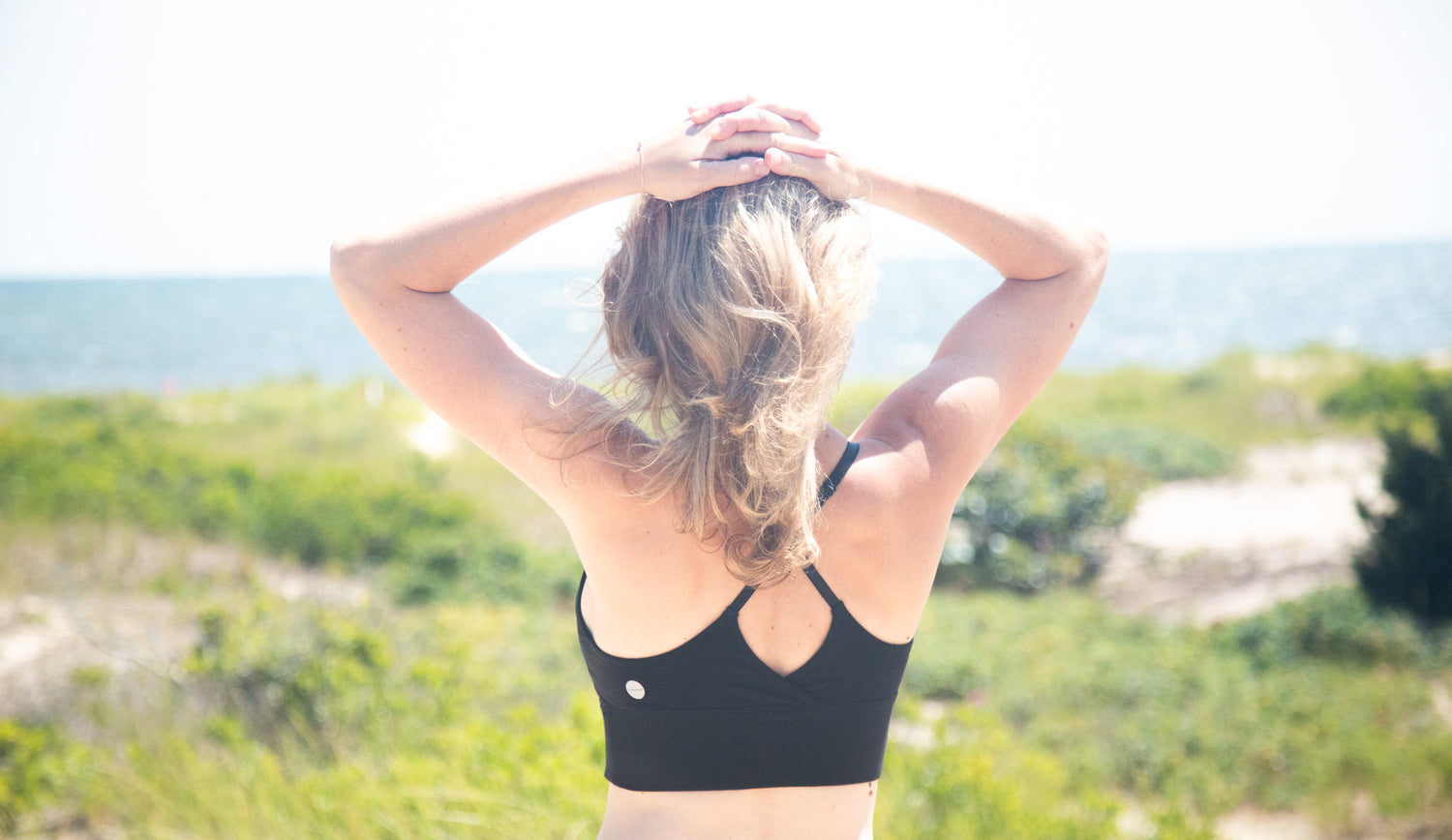The best sports bra for working out is as essential to a woman's running gear as a pair of quality running shoes. The perfect running sports bra should provide adequate support, be made of breathable material, and fit comfortably to ensure you can focus on achieving your fitness goals. If you’re not sure what to look for when choosing a sports bra for running, this comprehensive guide is here to help.
The Importance of a Good Sports Bra for Running
First and foremost, let's underline why it's vital to have a good sports bra for running. When women run, they are subject to a repetitive bouncing motion that, without adequate support, can lead to discomfort and even long-term damage to the breast tissue. A well-structured sports bra helps minimize this motion, providing comfort and protection for the breasts.
A 2013 study by the University of Portsmouth's Research Group in Breast Health found that breasts, when unsupported, can move up to 14 cm during strenuous exercise like running. This can lead to breast pain and upper back and shoulder problems, especially in women with larger breasts.
Furthermore, a sports bra for running will be quick drying and allow for air circulation, making your run more comfortable even in hot weather or during long-distance.
Key Factors to Consider When Choosing a Running Sports Bra:
-
Support
The level of support required from a sports bra varies depending on your cup size and the intensity of your activity. Running requires maximum support regardless of your cup size. The sports bra should reduce the bouncing motion as much as possible, without causing discomfort or restriction.
For smaller cup sizes (A and B), a compression sports bra might suffice. These bras work by pressing the breasts against the chest to minimize movement.
For larger cup sizes (C and above), encapsulated sports bras, which have individual cups for each breast like a regular bra, are typically more supportive. They can also be combined with compression elements for maximum support.
-
Material
The fabric of your sports bra should be breathable and moisture-wicking to keep you dry and comfortable during your run. Materials like polyester, nylon, or fabrics specifically designed for workout gear, such as Coolmax, can be good options. Some sports bras also feature mesh panels for additional ventilation.
Stay away from cotton as it absorbs moisture and can cause chafing when it becomes damp. This leads to discomfort and could potentially lead to skin irritation or rashes.
-
Fit and Comfort
An effective sports bra for running should feel comfortable yet secure. It should fit snugly, but not so tight that it digs into your skin or restricts your breathing.
Pay attention to these areas for a good fit:
Bands: The band should fit more snugly than your everyday bra, but you should be able to breathe comfortably. It should not ride up at the back. The majority of the support comes from the band, not the straps, so this part is crucial.
Cups: Your breasts should be fully enclosed in each cup without spilling over at the top or sides. Wrinkles or puckers in the fabric indicate that the cup size is too large, while spillage indicates that it's too small. Look for removeable padding options.
Straps: They should not dig into your shoulders or slip off. Wide, cushioned straps can provide extra comfort and support. Many sports bras also offer adjustable straps, which can help you get the perfect fit.
Underwire: If the sports bra has an underwire, it should lie flat against the rib cage, under the breasts, and should not poke or pinch your skin.
Remember, the most expensive sports bra or one that works well for someone else might not necessarily be the best for you. Everyone is different, so what works for one person might not work for another.
-
Style
Sports bras come in a variety of styles, including pullover or clasp closures, racerback or wide straps, and with or without padding. A racerback sports bra is typically more supportive and a good option for running. However, bras with clasp closures are easier to get on and off. The decision will depend on your personal preference, so try on different styles to see what you find the most comfortable.
Test Before You Invest
The "bounce test" is an easy way to assess the supportiveness of a sports bra. Simply put on the sports bra and jump or run in place for a minute. If you feel uncomfortable or if your breasts move excessively, you might need a more supportive bra.
Also, make sure to move your arms as if you were running. If the bra digs into your shoulders or chafes, consider a different style or size.
Regular Replacement
Even the best sports bra won't last forever. With regular use, a sports bra's elasticity will break down, reducing its supportiveness. A general rule of thumb is to replace a sports bra every six to twelve months, depending on how often you use it. If you notice signs of wear, such as a looser fit, faded tags, or stretched straps, it's probably time for a replacement.
In Conclusion
Running is a fantastic way to stay fit and healthy, but without the right equipment, it can cause unnecessary discomfort. Investing in a proper sports bra for running offers the right support, is made from sustainable & eco-friendly materials, and fits perfectly. Remember, what's most important is that you feel comfortable and supported during your run.
While finding the perfect sports bra may take some time and effort, the benefit of running with comfort and ease will make it all worth it. Good luck, and happy running!
Back to Main Post
Related Articles:













